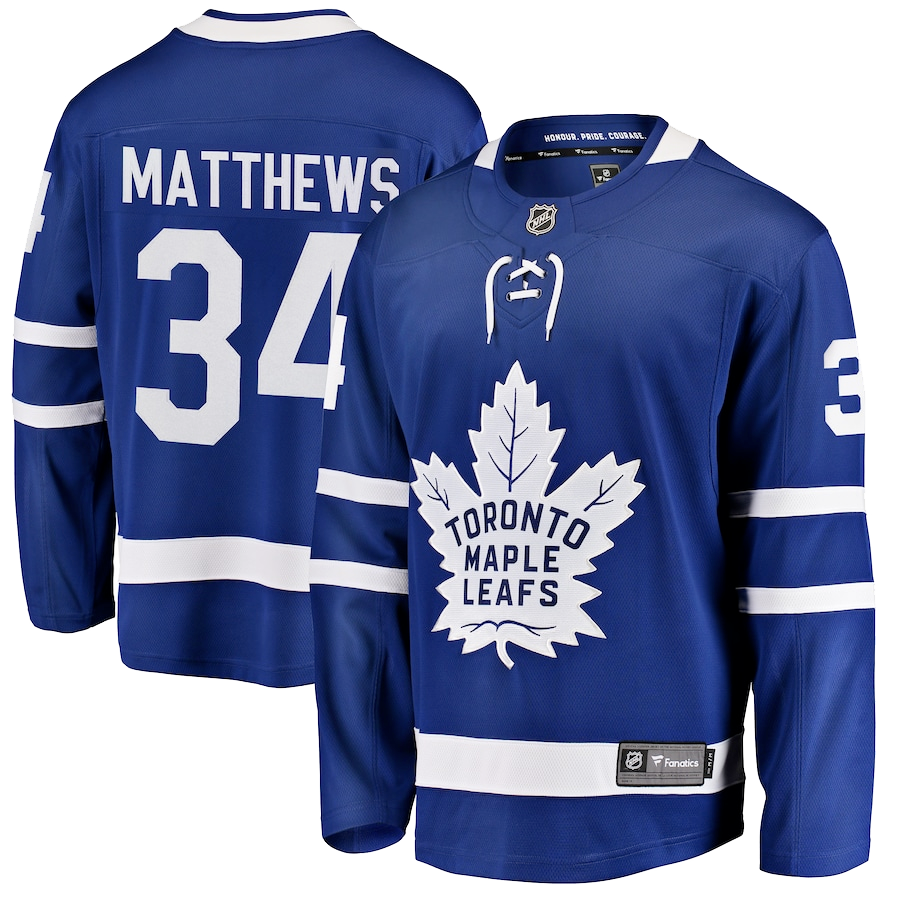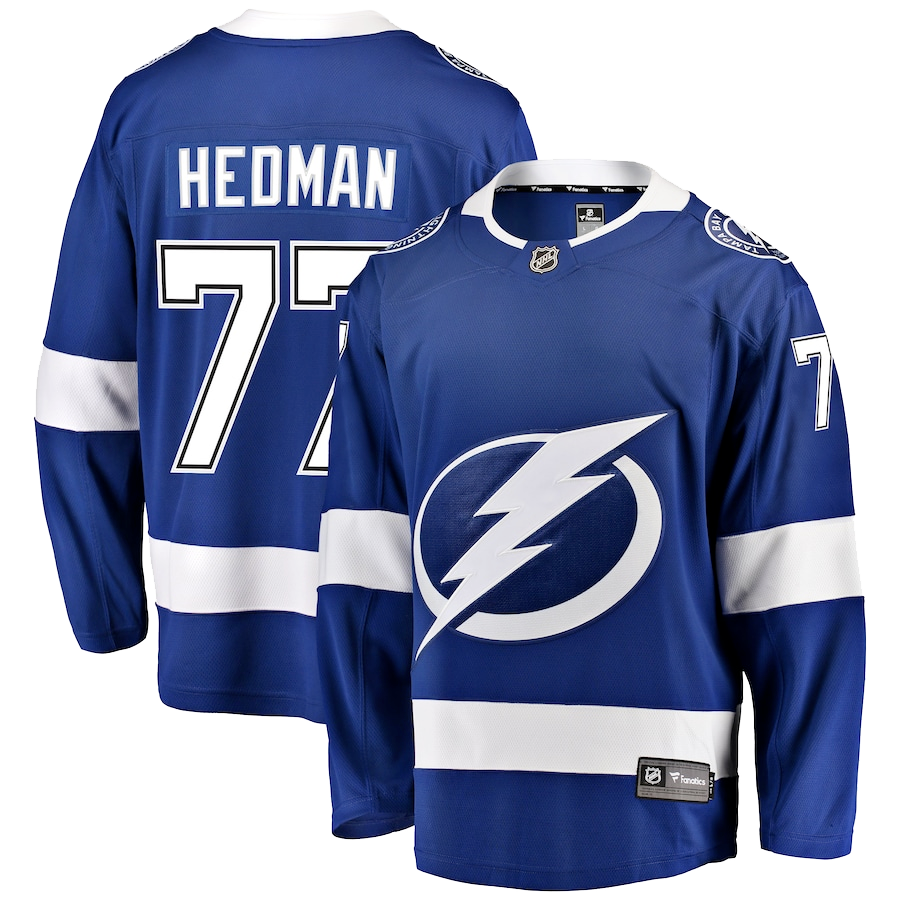Rangers’ patriarch Lester Patrick cemented his place in Blueshirt lore on the evening of April 7th 1928. After eliminating both the Pittsburgh Pirates and Boston Bruins, the Rangers were playing the second game of the Stanley Cup finals against the Montreal Maroons who had won the opener 2-0 behind the steady goaltending of Clint Benedict.
Early in the second period Ranger goaltender Lorne Chabot was struck in the left eye by a shot from the stick of Nels Stewart and was forced to leave the game. Patrick, the Rangers coach and GM, found himself without a goaltender since they did not bring along a spare netminder, even though all of the games would be played in Montreal due to the circus taking over Madison Square Garden.
Patrick asked Montreal coach and GM Eddie Gerrard for permission to use Alex Connell of the Ottawa Senators who was a spectator at the game as a replacement. Connell was one of the better goaltenders in the league at the time and so Gerrard refused. Patrick then asked for permission to use minor league goalie Hugh McCormick but that request was also denied. He was then given 10 minutes to produce a goaltender or the Rangers would have to forfeit the game.
“The place became bedlam,” author Eric Whitehead wrote of the Rangers locker room in his book, The Patrick’s – Hockey’s Royal Family. “Well-meaning outsiders burst in with suggestions for ways out of the dilemma.”
Ranger defenseman Leo Bourgault volunteered to take Chabot’s place in goal, but Frank Boucher and Bill Cook, the team captain told Lester that having Bourgault in goal would leave the team short a valuable player. Instead they suggested that Patrick himself strap on the pads, promising that the team would block as many shots as possible and keep the Maroons’ skaters away from his net.
Patrick thought about it for a few minutes and finally called out to trainer Harry Westerby, “Harry I’m going in goal”. He then told Westerby to gather Chabot’s equipment and get him a clean set of underwear and socks. During the commotion, Odie Cleghorn, the coach of the Pittsburgh Pirates, wandered into the Ranger dressing room and Lester asked him to run the bench for him while he was in the net. Yes the NHL was a much different place back then.
Patrick, “The Silver Fox”, was forty-four years old at the time, thirteen years older than his captain Bill Cook and nine years the senior of Montreal goaltender Clint Benedict. But he had suited up for one game as a defenseman the previous season and it would not be Patrick’s first experience between the pipes. Years earlier as a defenseman in the Pacific Coast Hockey Association, he had occasionally gone into the net when his team’s goaltender was penalized. In one game he even skated the length of the ice and scored after blocking a shot.
Patrick was welcomed onto the ice with what could be called bemused applause. Montreal Star sports editor Baz O’Meara described the bizarre scene thusly, “There was ‘Laughing Lester,’ who has done everything in hockey sauntering out with a little black cap askew over his whitening thatch, his lanky legs upholstered by brown pads that seemed to fit him like his father’s old trousers…”
Patrick made a great show of the situation, pointing at the Maroons and yelling “Let them shoot!” But wiser heads prevailed. Before the faceoff, Cleghorn gathered the skaters around him and said, “Stay back to protect Lester. Don’t let ’em get close. Wait for a break. If you can protect Lester one goal might win it.”
When the game resumed the Rangers checked frantically in front of their coach. The Maroons managed to get a few shots off but they were blocked by Patrick and the period ended, still tied at 0-0.
Bill Cook then scored thirty seconds into the third period to give the Rangers the lead which they held onto until Nels Stewart scored to tie the score with 5:40 left in the period.
The game went into sudden death overtime and the Maroons were sure that the old man in the net would fold under the pressure. But Patrick held on, stopping an early surge by the Maroons. The momentum of the play changed quickly and soon Frank Boucher grabbed a loose puck and stickhandled past a Montreal defenseman and beat Benedict with a hard, low shot for the game winner.
Lester Patrick was the hero. The Rangers jumped over the boards and hoisted their GM-coach-goaltender on their shoulders and carried him off the ice.
As Eric Whitehead concluded, “An ageless and unquenchable love of the fray and the courage of an old bull seal returned to protect his herd. Yes, it was vintage Patrick family stuff!”
Patrick was lucky. He turned out to be a hero when it could have very easily gone the other way. But knowing that he couldn’t pull off another miracle, the next game he knew he needed to find another goaltender for the rest of the series.
Patrick asked the Maroons for permission to use either George Hainsworth or Charlie Gardiner for the rest of the series. Both were top goalies in the league at the time and so Gerard of course refused to allow the Rangers to use either of them. Working on the premise that any goalie is better than no goalie, out of desperation Patrick submitted Joe Miller’s name. Joe had finished the season with an 8-16-4 record, allowing 77 goals in 28 games for the last place New York Americans and had picked up the nickname “Red Light” Miller for all the goals that he had allowed. Gerard agreed to allow the Rangers to use Miller, most likely assuming that his Maroons now had the Stanley Cup in the bag.
The twenty-seven year old Miller had wrapped up his season with the Americans on March 22nd and was at home in Morrisburg, Ontario when he was summoned to Montreal by Patrick.
Joe played well in the third game of the series but the Rangers were shut out 2-0 by Benedict, giving the Maroons a two games to one lead in the five-game series. In the fourth game Miller protected a one-goal lead and shut out Montreal 1-0, evening the series at two games apiece.
Miller’s shining moment came in the fifth game on April 14th when he too suffered an eye injury when struck by a shot from the stick of Hooley Smith. The game was delayed for ten minutes as Miller was helped into the dressing room for repairs. When he returned his right eye was nearly swollen shut but the courageous netminder held his ground as the Blueshirts beat the Maroons 2-1 to win the franchise’s first Stanley Cup.
Miller was returned to the Americans following the playoffs, but the next season he was sent to Pittsburgh along with $20,000 for goaltender Roy “Shrimp” Worters. Miller played for two seasons with the Pirates and then moved with the franchise to Philadelphia where they became the Quakers. He then retired in 1932 after a season in the IHL.
Miller went from the NHL’s outhouse to its penthouse in a matter of weeks. He’s a prime example of a goalie being only as good as the team in front of him. He spent four seasons in the NHL playing for some bad teams and posted a 24-87-16 record with 16 shutouts and a respectable 2.92 GAA in 127 games.
But when the pressure was on, with a good team in front of him, Joe proved to be a quality netminder. In his only playoff appearances, he went 2-1 with one shutout, a 1.00 GAA and a Stanley Cup. You can’t beat that!
.








